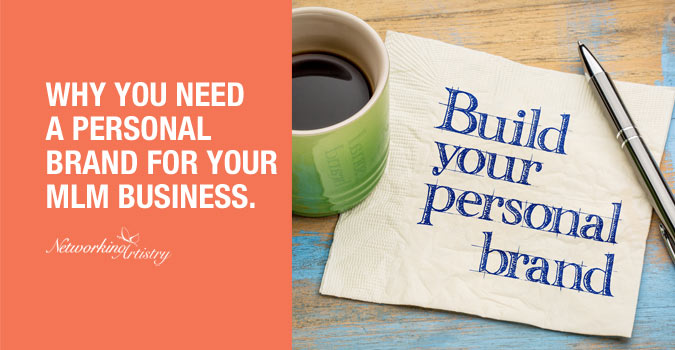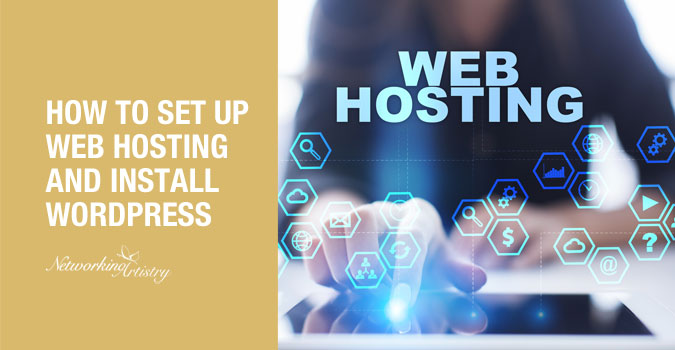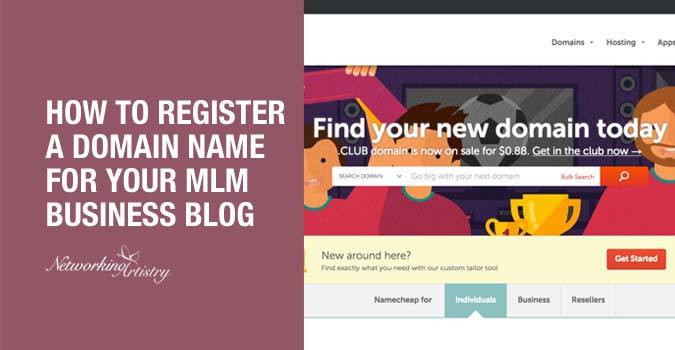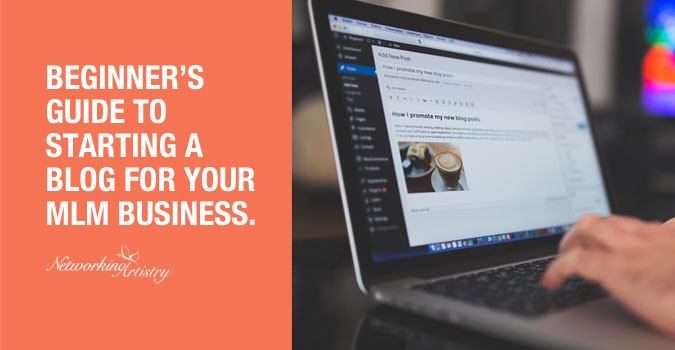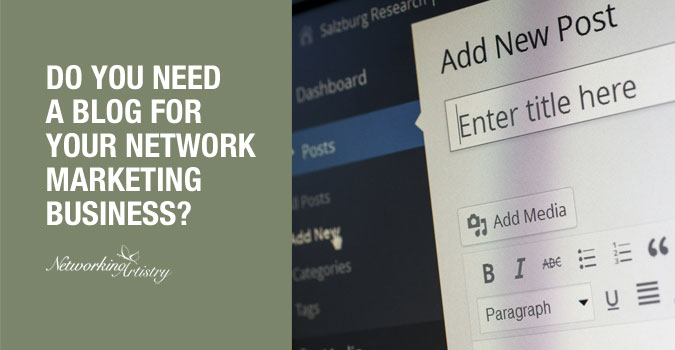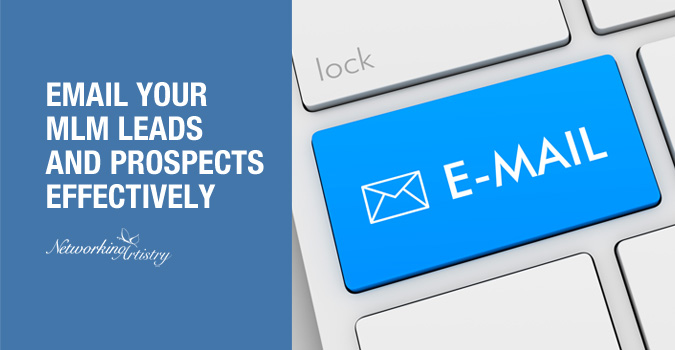It’s a crazy place on the Internet. With over a billion websites and new ones being created every second it can get mind boggling.
Even in your own niche, there could be tens or hundreds of thousands of blogs. All competing for the same audience’s attention.
This goes for the traditional (offline) network marketers as well.
No matter what type of opportunity or business you’re involved in, there are other people out there doing the exact same thing!
Have you ever been to a company event with 15,000 or more attendees in the same room? Feeling like just another face in a sea of faces?
What are the chances of standing out from the crowd and growing a following of your own?
Well, the answer’s quite simple, but not easy. You have to:
- Separate yourself from the competition.
- Find ways to appeal more to your audience.
- Always be in front of them.
- Have your audience see you as a leader who provides continuos value and solutions.
- Develop relationships and trust.
- Motivate and inspire.
To achieve this, you have to create your personal brand.
What is Your Personal Brand?
According to the American Marketing Association (AMA), a brand is a “name, term, sign, symbol or design, or a combination of them intended to identify the goods and services of one seller or group of sellers and to differentiate them from those of other sellers”.
While that’s a good definition (it is the AMA after all), I feel it’s a little outdated and it leaves out a very important element. Maybe the most important element.
How is your brand perceived by your audience? What associations or emotional reactions come to mind when they think of your brand?
I prefer this definition by Heidi Cohen and feel it better represents branding for today’s world.
Brands are shorthand marketing messages that create emotional bonds with consumers. Brands are composed of intangible elements related to its specific promise, personality, and positioning and tangible components having identifiable representation including logos, graphics, colors and sounds.
A brand creates perceived value for consumers through its personality in a way that makes it stand out from other similar products. Its story is intricately intertwined with the public’s perception and consistently provides consumers with a secure sense that they know what they’re paying for.
In a world where every individual is also a media entity, your consumers own your brand (as it always was).
Know Your Audience.
To secure a place in your audience’s hearts and minds, you have to learn who you’re speaking to and build relationships with them.
You have to speak to their needs. To know what their “pain points” are and what they really care about.
Do this and your audience will develop a “know, like and trust” factor with your brand and will follow you anywhere.
You can create the most revolutionary product or service but if it doesn’t speak or connect with your audience, they will most certainly pass you by and move on to your competitor.
Take the time to do the research and learn who they are. Find out what’s important to them and what makes them tick.
When you do this you won’t make mistakes like “trying to sell them steak when they’re vegetarians”, as the saying goes.
This may sound like common sense but you’d be surprised how many marketers (online and offline), prospect and market to anyone without first building a relationship and finding out what their actual needs are.
Your Logo is Irrelevant… Well Sort of.
During my early years as a graphic designer, I used to think the logo, fonts, color scheme, etc., were the end all to branding.
My thinking was, it’s the first thing people see or recognize, therefore it has to be one of the most important aspects.
Now don’t get me wrong, these elements are important to a degree and do have their place. They’re especially useful when it comes to recognition and identifying your brand.
What I came to realize was that the logo, color scheme, and fonts are not the brand itself. They are just tools used as a trigger to elicit a response to your brand.
While important to visually define and market your personal brand, they aren’t the deciding factor to successful branding. The deciding factor is Relationship building.
If you want to stay relevant, you need to be true to your audience. You must understand them, speak to them, engage with them.
Fan boys and girls aside, those who follow or buy from your competition are not choosing them because they have a prettier logo.
Or that their color scheme happens to match their living room decor.
They choose your competition because they relate emotionally to them, and feel they have a better understanding of their needs and desires.
Ask yourself this. Can you identify who your ideal audience is and what matters to them?
Why You Need Start Branding YOU.
You may not want to hear it, but the truth is, it’s getting incredibly more competitive in this industry. There are more network marketing companies than ever before.
More and more network marketers are catching on and starting to go online to find ways to build their business. Most do it wrong.
Now more than ever, it’s important for you to distinguish yourself from everyone else. How are you going to get them to take notice of you so you can teach them the right way?
When it comes to personal branding, there is one key concept you must understand. People do not join a business, they join YOU.
To a certain degree, it’s not as important to them what your product or opportunity is. What is important to them is whether you can actually guide them to achieve the success they desire.
When someone visits your blog, they will be thinking things like:
- “Who are you?”
- Why should I even care about you?”
- “What value can you bring me?”
You need to be able to answer those questions.
The more you can provide that value, and get yourself in front of them, the more your audience will become familiar and trusting of your brand.
There’s a gazillion others out there doing what you’re doing. That’s why it’s critical to start branding YOU.
Be Unique, Be Yourself.
As a kid, I was a huge Bruce Lee fan and wanted to be just like him. Apparently, a lot of others did too.
When he died in 1973, movies were made using “Bruce Lee” clones. The actors went by names like Bruce Li, Bruce Le and Dragon Lee to name a few.
They used the same movements, facial expressions and mannerisms as the real Bruce Lee. That was very short lived and those actors aren’t around anymore. Big surprise there!
On the other hand, another Chinese martial arts actor was also making movies during that time.
His movies were completely different from the Bruce Lee clones. A lot of his movies were funny. He acted like a fool at times and was known for doing his own stunts.
This actor is still around today and has a star on the Hollywood walk of fame. His name is Jackie Chan. Heard of him?
When a lot of actors were copying Bruce Lee, Jackie Chan created his own unique style of movies.
He stood out because he had his own unique personal brand. A brand that is loved and recognized around the world.
It’s only human nature to want to emulate people you admire and who inspire you, but don’t try to be an exact replica of them.
Take the aspects you like and add your own expression. Make it your own. Be YOU! Add your story, experience, strengths and even share your weaknesses. Be creative and have fun with your brand.
Embracing your uniqueness and being passionate about it will make you more appealing to people. They will take notice.
Be the first person that comes to mind when they have a problem that needs to be solved. You want to be seen as the go-to and trusted resource.
Increase Your Personal Value Level (PVL).
Where you are at today, the type of job you have, the amount of money you currently make, the way the world perceives you is a direct reflection of what is known as your Personal Value Level (PVL).
What makes up your PVL is based on three factors.
- Competition: The number of people that are also capable of doing the same job.
- Education: The amount of education or specialized skill needed to perform the job.
- Leverage: The amount of people that benefit from your work.
If you are a restaurant server for example, based on the first two factors, your PVL will be considered low compared to a surgeon.
- Competition: As a server, there is almost an endless supply of people who can fill that position. For a surgeon, there are very few qualified individuals able to perform the task.
- Education: Waiting tables does not require rare, specialized skills or education. Performing a surgery requires extremely specialized knowledge and skills.
Please note this is a generalized example is not meant to offend or criticize any kind of profession. I do know there are high end servers that can make a lot of money. I’m only using it to make a point.
The point is, to make your personal brand stand out you have to increase your Personal Value Level.
The fastest way to do that is to increase your value to your audience. And the fastest way to increase your value is to increase your knowledge and acquire new skills.
People are always looking for that quick fix magic formula or push button system. Or that definitive book that will be the holy grail to their success.
What they fail to realize is the “magic” solution they are desperately searching for, is actually within them.
White Belt to Black Belt.

I’d like to use the analogy of martial arts again because it’s a good way to evaluate skill level. (Can you tell I’m a fan?)
For those not familiar, many martial art systems use some form of belt colors to identify their student’s current level of knowledge and ability.
Most systems start off with a white belt signifying beginners and go all the way to black belt which signifies an expert.
Let’s say a student achieves a purple belt, which in some systems is a midway point from white to black belt.
In order for that student to achieve black belt rank, she would have to continually attend class on a consistent basis to increase her skill and knowledge base. Without this, she will remain stagnant and the same belt color.
The same holds true for your PVL and personal brand. Whatever got you to the point you’re currently at in your business (your current belt color), is not enough to get you to the next level.
Continued learning and consistency.
Now when you do this, something magical happens. As your knowledge and abilities increase, so does your confidence and posture.
Just like in martial arts, the more knowledge and skill you acquire, the more confident you become in knowing you can better defend yourself.
The way you carry yourself will change. Hopefully not in a cocky or arrogant manner but in a positive way and people will take notice.
The same will happen for your personal brand. As your PVL increases, your confidence and posture also increase. Your prospects and audience will see this and become more “attracted” to you.
This will help with their decision whether to follow you or your competition. Which results in them joining your team or buying your products or services.
As Mike Dillard, author of Magnetic Sponsoring says:
“Success in this industry comes down to two things:
- Becoming a leader to others by increasing your value.
- Acquiring the ability to express your value to the world through marketing.”
Invest in Yourself.
Ray Higdon, a top industry trainer, and someone who has done an incredible job of creating a great personal brand, goes by the philosophy of Invest, Learn and Teach (ILT).
Invest in yourself to increase the value of YOU and your brand. This is probably the second biggest thing we have always done. I know if I want to make more money, I need to provide more value.
If I need to provide more value, I have to invest in people and courses that make me more knowledgeable and then translate that knowledge into action and content that serves my community.
My whole Invest, Learn, Teach model is something that simply WORKS if you are wanting to start branding yourself.
“But what if I’m just starting out? What value can I possibly offer others?”
This is a very common question that paralyzes people from taking action. One thing you can start doing right now is to invest in yourself and gain knowledge in your niche by reading books and taking courses.
Every time you learn something new, share that knowledge with your audience. Write a blog post or create a video if that’s your thing.
Just understand that there are a lot of people out there that will find value and benefit in what you teach and share.
Don’t sell yourself short.
I bet it’s safe to say that you know enough to teach beginners, intermediate and maybe even some advanced network marketers something new.
Let’s go back to my martial arts analogy again. Brazilian Jiu-jitsu’s belt colors for example is white (beginner), blue, purple, brown and black (expert).
You don’t have to only be a black belt to teach. A blue belt knows more than enough to be able to teach what they know to a white belt.
Same goes for a purple belt teaching what they know to a blue and white belt and so on.
The fact that you’re reading this article, wanting to learn how to create a personal brand, already puts you ahead of a lot of network marketers.
So let’s say this puts you at a “blue or purple belt” level in your network marketing knowledge.
There are a lot of new network marketers that get involved everyday. These newbies (“white belts”) can gain a lot of knowledge and value from you. You only have to be a step or two ahead of them to share knowledge.
For example, write your own blog post on what you took away from this article and share it with your audience.
They will appreciate it and when you continue to learn and provide them value, they will start seeing you as someone to follow and learn from.
Remember, you’re not writing for the big names like Eric Worre, Ray Higdon or Dani Johnson (all “Black Belts: in my book).
You’re creating content for people that are just one, two or more steps behind you.
Free Learning Resources.
Dedicate yourself to learning. There are lots of free and paid resources out there to educate yourself. If you don’t have the budget just yet to invest in books, courses, mentors or coaches, here’s some resources that are free.
- Take advantage of our free courses and resources.
- Watch YouTube Lectures, webinars on your niche. Anything you can get your hands on. Take notes, (Learn), apply what you learn (Do) and share it (Teach).
- Go to your public library.
- Sign up for Overdrive or Hoopla to borrow E-books and audio books, free from your library.
Share online articles you come across, and blog posts (like this one), that you found to be informative, educational and insightful. Share it with your audience. Remember, it doesn’t always have to be content that you create. Either way, your audience will appreciate it.
Conclusion.
So now you know why it’s important to start branding yourself. Just remember to be unique and use your strengths and value to get you to stand out from everyone else.
Always be learning so you can continually provide value. Remember, your learning never ends.
Stop thinking of yourself as someone selling a product or an opportunity. You are selling yourself and the value you have to offer your team and audience as a leader.
As Ray Higdon says, if you want to stand out, “out teach your competition” and “be so good you can’t be ignored”.
How about you? Do you have a personal brand? What are you doing to increase your value and to stand out from the crowd?
If you found value, please comment below and share on Facebook.
- Stand Out! A Guide to Creating a Unique Personal Brand Identity. - December 24, 2016
- How to Brand Yourself to Stand Out in an Overcrowded Market. - December 19, 2016
- What’s a Personal Brand and Why You Need One for Your Business. - December 12, 2016

